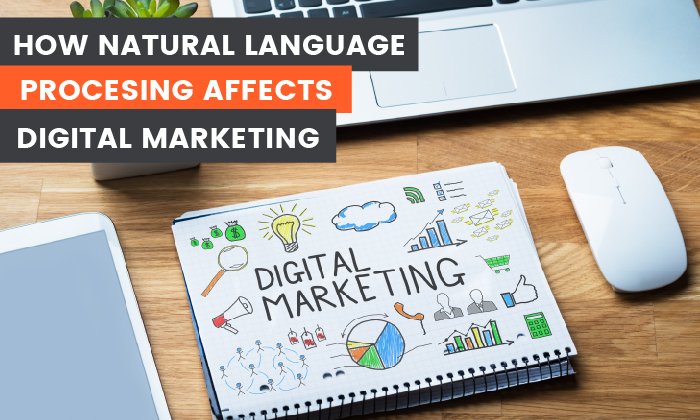Getting AI Fatigue? What It Is and How To Navigate It

By fneedle@hubspot.com (Flori Needle)
“If you’re not using AI, you’re falling behind” is a statement you might have read and heard frequently in the past few months.
It can be a disheartening statement because, as a marketer, you don’t want to be late to the trends, but the amount there is to learn and take in all at once can lead to AI fatigue.
You may feel overwhelmed by the daily AI news cycle — which makes sense. In this post, we’ll discuss six ways to prevent personal AI fatigue.
What is AI fatigue?
AI fatigue can be described as feeling overwhelmed by the current landscape and conversations about AI over the past few months.
The field of artificial intelligence has been around for almost 70 years. We’re currently only using reactive and limited memory AI, and scientists haven’t even begun creating AGI or super AI.
Although not a new concept, AI is currently experiencing what’s been described as a gold rush. And whether you’re looking to leverage AI or launch an AI product, you might not even know where to start.
If that’s you, and you’re feeling a bit of AI fatigue, what can you do about it? Let’s discuss.
Preventing Personal AI Fatigue
1. Understand the basics of AI.
Some AI fatigue might come from not understanding how AI does what it does. Here are some basic definitions of AI and other concepts discussed lately.
Artificial intelligence is computer systems or machines that mimic human capabilities to complete tasks without human input or guidance. AI can interpret and produce speech, solve problems, sort through data, etc. It’s a broad umbrella term.
You might also hear about machine learning, a type of AI where machines analyze large amounts of data points, learn from the data, and develop the ability to make decisions and predictions from that learning. Humans provide the data it learn from, which can be on a specific topic for a single use case or broader applications.
Generative AI is any tool that can answer questions or create images, text, and even video. These tools are powered by machine learning algorithms and use natural language processing (NLP) and natural language generation (NLG) to understand and respond to human input.
With this baseline understanding, processing and engaging with current conversations might be more manageable. If you want more in-depth learning, check out this educational resource for all you need to know about AI.
2. Be selective in what you consume.
There are so many conversations about AI that it might feel like a full-time job to keep up with them. The important thing to note is that not all discussions apply to your specific needs, so you can be selective in what you consume.
The best content to focus on is facts about how AI works, proven results from using AI, and experiences people or other businesses have already had with adopting AI. Everything should be related to your industry because, for example, as a marketer, you’d be …read more
Source:: HubSpot Blog

![Free Guide: How to Use AI in Content Marketing [Download Now]](https://no-cache.hubspot.com/cta/default/53/3e25e192-30c3-40c1-a7da-a4d054c9e157.png)








